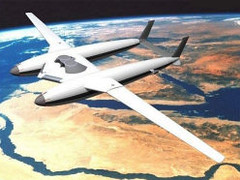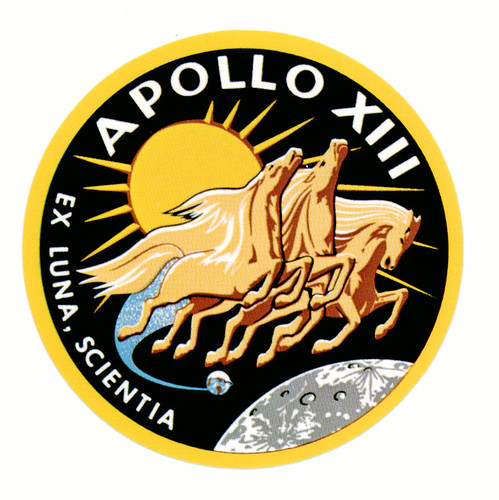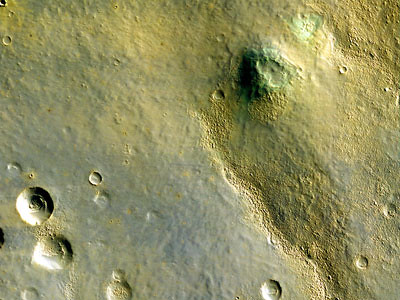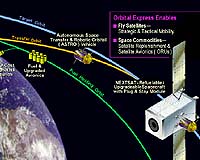Here’s something I hadn’t thought about. (And I’m willing to bet few people have.) Ever consider how many things us earthbound folks take for granted, but would require some additional thought in space?
Sure. Astronauts have to eat and sleep in space, along with all the other things they normally do on earth, but without the benefit of gravity. According to New Scientist Space, simple procedures like getting blood samples are a little more complicated when human health emergencies arise in space.
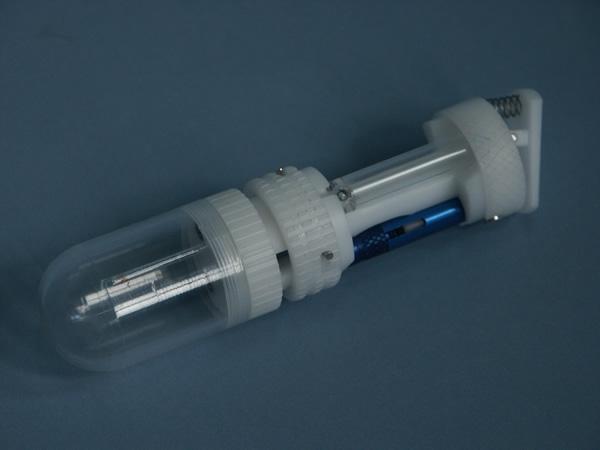
Taking blood from arteries can be crucial in diagnosing problems in health emergencies – but doing so in the microgravity of space is tricky and potentially dangerous.
Now researchers have come up with a potential solution – a thumb-sized gadget that collects a sample from the earlobe.
Blood is easiest to collect from veins, but this blood is on its way back to the heart and has been de-oxygenated and altered in the body’s tissues. This means it is not as useful for monitoring serious health problems as blood coming fresh from the heart in arteries.
"But the technique to collect blood from the artery is complicated and needs a lot of training," says Thais Russomano, at the Microgravity Laboratory of PUCRS University in Brazil. "It can also be painful and blood clots or infection can result. So it can be a bit dangerous to perform that in space."
So Russomano and her colleagues created the device to collect samples of "arterialised blood" from the earlobe. This serves as an accurate substitute for arterial blood. The system clips onto a subject’s earlobe and contains both a small cutting blade and a collection chamber, to ensure no blood can spill and contaminate the spacecraft. The device is operated with a twist and is said to be virtually painless.
Kinda gives the term "space needle" a whole new meaning doesn’t it?
Maybe you should take it with a grain of salt, as New Scientist Space also reports that they were duped some art students who claimed to have invented a "cell phone tooth" by implanting a vibrating radio receiver in a human tooth. So were a a few others, including Time magazine and Wired, the latter of which just exposed the fraud.
Then again, maybe no one should be embarrassed by this. After all one person’s idea of a joke is often turns into someone else’s idea of "crazy enough to work." Scoble recently posted about a guy who implanted an RFID chip into his hand and posted a video about it. (It’s been done before, of course.) And if you believe The Register, Belgian scientists have embedded RFID chips into — wait for it — human teeth.
So, hoax or no, the "cellphone tooth" isn’t all that far fetched. And if it comes to pass, those who were duped before can claim "we always new it was possible" and claim the cutting edge.
